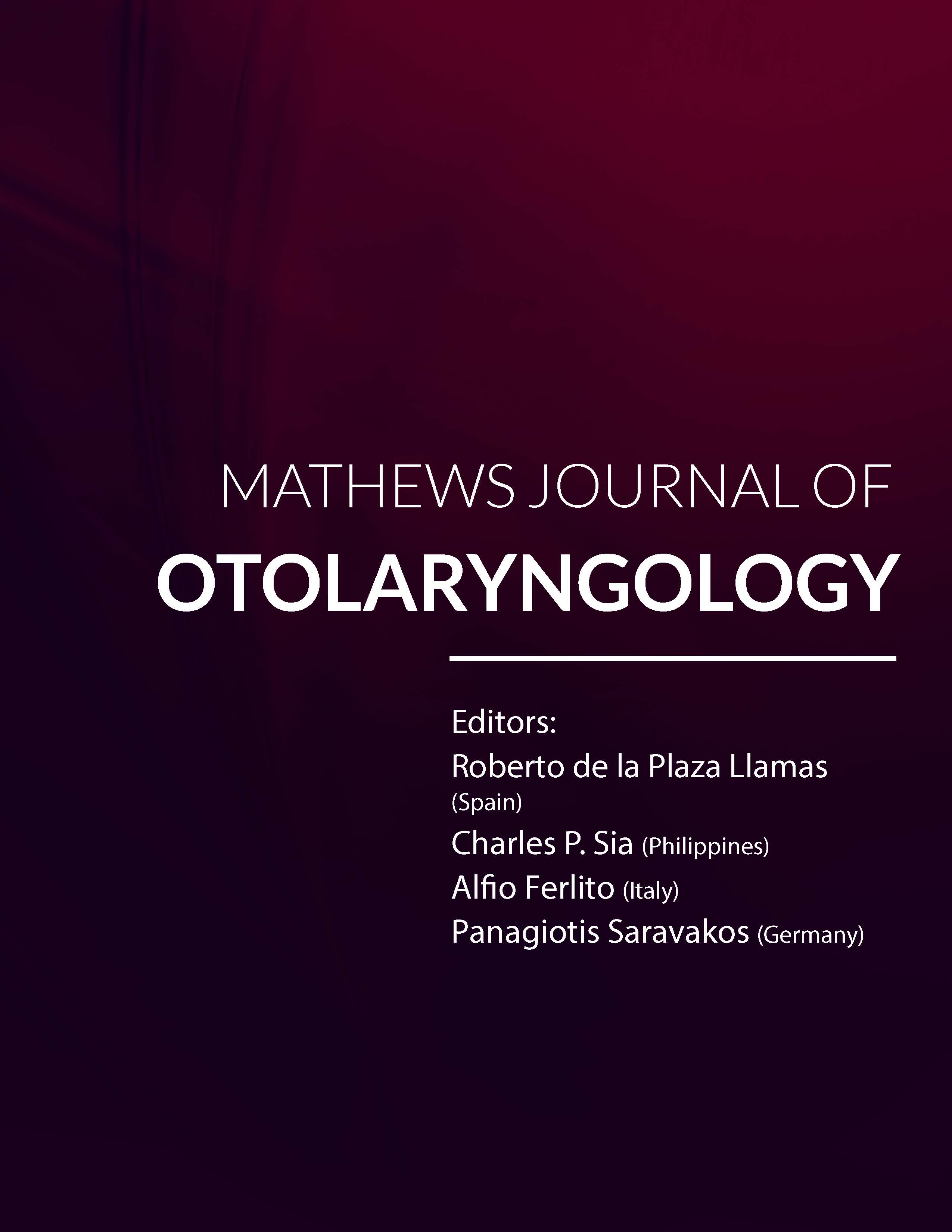
Information Links
Previous issues
Previous Issues Volume 1, Issue 1 - 2018
Evolution of the Septoplasty: Maximizing Functional and Aesthetic Outcomes in Nasal Surgery
Sean W Delaney11,2
1Facial Plastic Surgery Associates, 6655 Travis Street, Suite 900, Houston, Texas.
2Division of Facial Plastic Surgery, Department of Otorhinolaryngology-Head and Neck Surgery, McGovern Medical School, University of Texas Health Science Center in Houston.
Corresponding Author: Sean W Delaney, Facial Plastic Surgery Associates, 6655 Travis Street, Suite 900, Houston, Texas, Tel: +1 (713) 526-5665; E-Mail: [email protected]
Received Date: 07 Jan 2018
Accepted Date: 01 Feb 2018
Published Date: 02 Feb 2018
Copyright © 2018 Delaney SW
Citation: Delaney SW. (2018). Evolution of the Septoplasty: Maximizing Functional and Aesthetic Outcomes in Nasal Surgery. M J Otol. 1(1): 004.
ABSTRACT
Correction of a severely deviated nasal septum remains one of the most challenging operations for the facial plastic surgeon. As an understanding of nasal anatomy and physiology advanced over time, so have septoplasty techniques, which have evolved in sophistication and capability to correct increasingly complex nasoseptal deformities. Consequentially, the term “septoplasty” has become fraught with confusion, even among physicians, as it broadly encompasses several different surgical techniques that all attempt to correct septal deviations. Accurate pre-operative assessment of septal deformities and selection of the most appropriate surgical procedure can help maximize functional and aesthetic outcomes. In this article, we will review the evolution of septal surgery and the differences between the various surgical septoplasty techniques.
KEYWORDS
Septorhinoplasty; Cartilage; Rhinoplasty; Breathing; Nasal Appearance.
ABBREVIATIONS
LLC: Lower Lateral Cartilages; ULC: Upper Lateral Cartilages; INV: Internal Nasal Valve